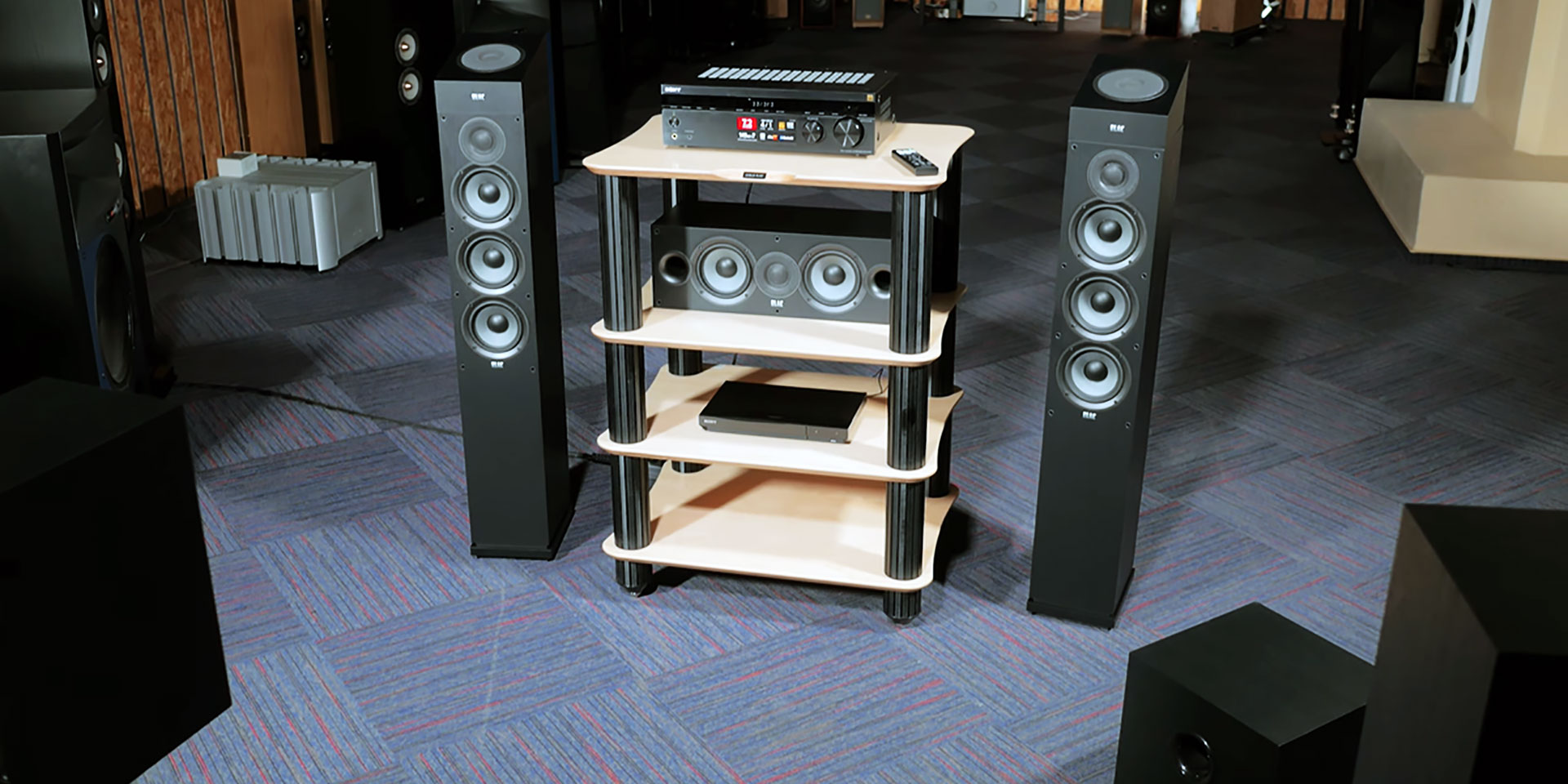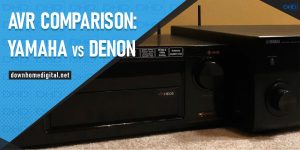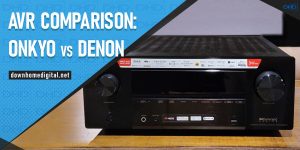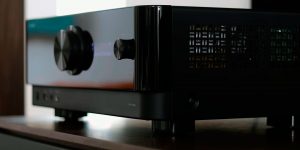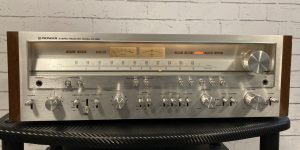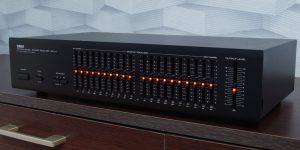In today’s world, more and more people are equipping their own apartments and homes as real multimedia entertainment centers. The peak of this trend came in 2019-2021 when the world suffered from the COVID-19 pandemic, and people could not attend concerts, cinemas, restaurants, etc. Since you’re here, you’re obviously thinking about building a home theater and have the question, “Do I need a receiver for surround sound?” My short answer is: “Of course you do”! Today, a home theater without a receiver is like Iron Man without his famous suit. So don’t stop reading, and in just a few minutes, you will realize that even a simple AV receiver will give you a lot of new impressions and positive emotions.
What is surround sound?
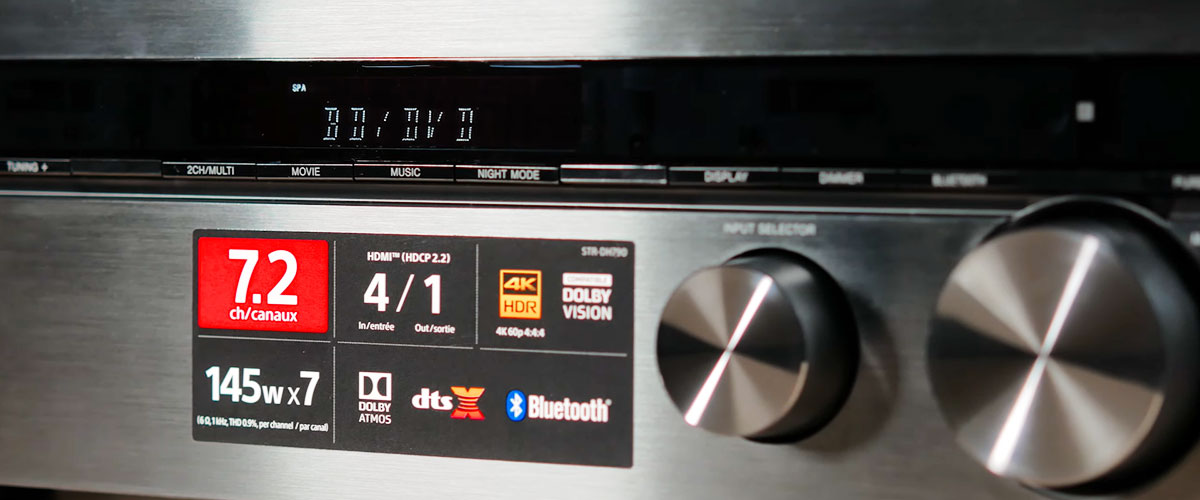
Surround sound technology was a logical development of modern cinema. Movie producers tried to increase the spectacle not only by enlarging the screen but also by multichannel sound reproduction. By the way, back in 1940, in New York, the first movie with surround sound was shown. It was “Fantasia” by Walt Disney Studios. Surprised? To tell you the truth, I was also surprised when I learned about this fact. For a number of reasons, this technology has not been widely developed. The cost of special equipment for movie theaters was too high. In addition, the outbreak of World War II halted research into immersive sound.
However, already in the post-war years, research was resumed, and in the 80s, Dolby Surround, AC-3, and Pro Logic appeared. Now, the progress was unstoppable! Let’s not go into history, but you know what progress led to.
By the way, the first surround sound formats did not include discrete audio information for multiple channels. Instead, they extrapolated surround sound information from a two-channel (stereo) signal. These “matrixed” channels were first played through four speakers and then through five speakers and a subwoofer. More modern surround sound formats encode separate soundtracks for the different channels. The result is clearer dialogue and improved visualization, spatial sound, and overall realism.
Now, with a receiver at home that supports modern surround sound formats, you can create a true home theater experience. Spend evenings with your family and shudder together while flying in space or feel every sword stroke during the Witcher’s battle with monsters.
The role of receivers in surround sound
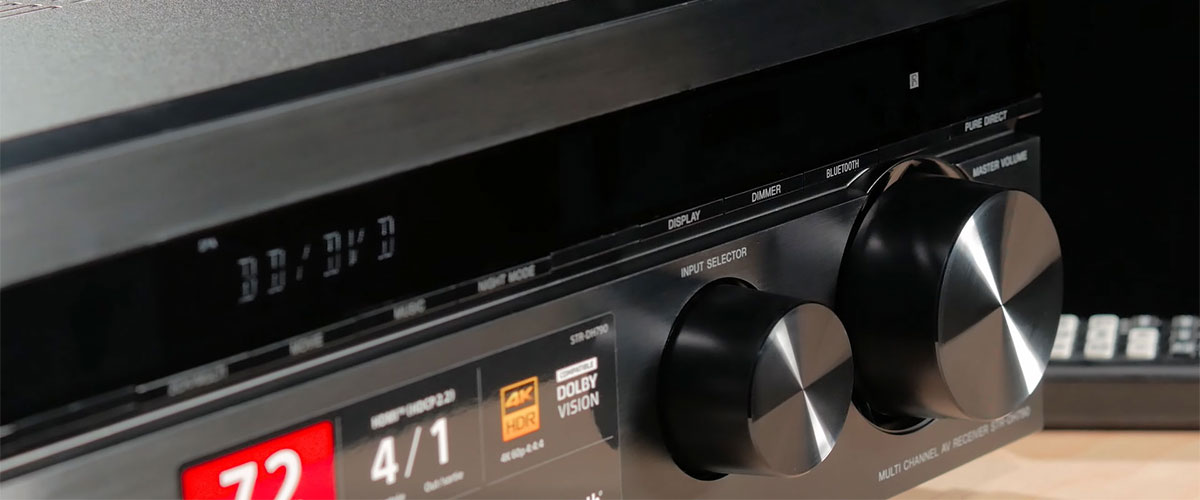
An AV receiver is a multichannel universal device that is equipped with digital audio decoders, a radio receiver, and an audio and video switcher. First of all, an AV receiver is needed so that you can listen to a movie’s multichannel soundtrack as the director intended. The receiver is the key link of a modern home entertainment multimedia system, turning separate devices into a complete home theater system. Therefore, surround sound without a receiver is actually impossible.
The line between going to the movie theater and having your own home theater continues to blur, as today’s high-end AV receivers already provide video and audio quality on par with large theaters. Any modern AVR offers at least 5.1 surround sound with six channels: left front, right front, center, left side channel, right side channel, right side channel, and subwoofer channel. This configuration can certainly deliver good sound quality – much better than what you can get from a TV or a stereo amplifier with two speakers. To get to the level of sound you hear in a movie theater, you need to add more speakers to your system and upgrade to an AV receiver with 7 or more channels.
Alternatives to AV receivers
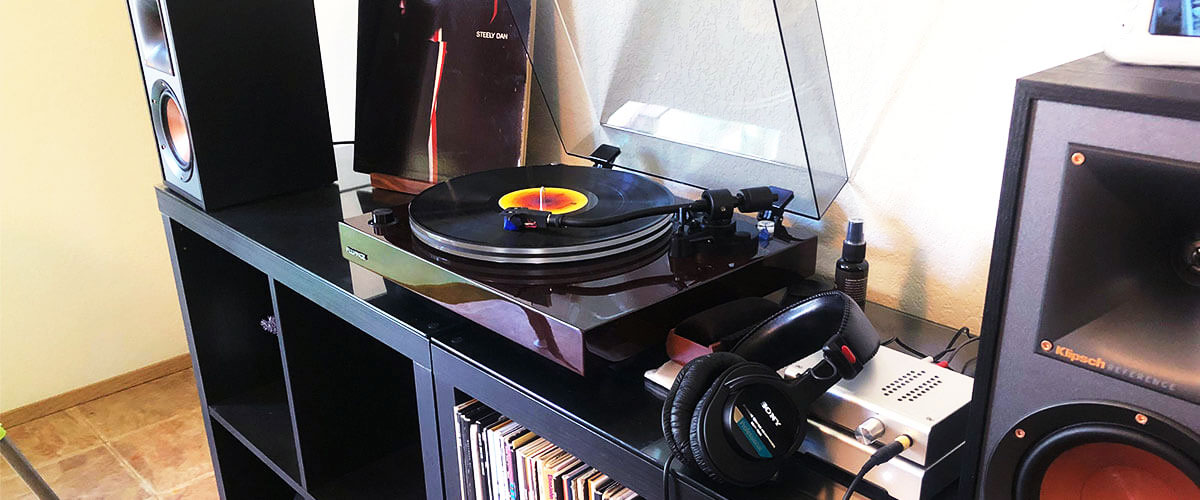
So, is surround sound possible without a receiver? The simple answer is yes, but using an AVR for surround sound is the most optimal solution. Now, I will tell you what other alternative setups and technologies are available for surround sound. For clarity, I will use a table:
| Technology | Description | Pros | Cons |
|---|---|---|---|
| Soundbars with virtual surround sound | They are a good solution for those who can’t afford multiple speakers in a room |
Space saving Easy installation |
Virtual surround sound can be less realistic compared to real multichannel systems |
| Home Theater Systems in a Box (HTiB) | Packaged kits that include everything you need to build a home theater: usually an AVR, a set of speakers, and often a subwoofer. |
Everything you need to create a home theater is contained in one box. HTiB is usually less expensive than buying individual components. Ideal for beginners in audio-visual technology. |
Some HTiBs may have lower-quality components than if you bought them separately. Limited upgrade options HTiB power and sound quality may be lower than those of more expensive and complex systems. There may be fewer settings and sound customization options compared to higher-end standalone components. |
| Wireless loudspeaker systems | Specialized systems that use wireless technology to transmit audio signals. |
No need for wires makes it easy to install and use. Wireless systems are easy to move around the house or take with you. Compatible with a variety of devices. |
In some cases, sound quality may be lower than wired systems, especially when using Bluetooth. There may be a delay in audio transmission, especially when watching videos. |
| Sound projection technology | It is a way of creating the illusion that sound is coming from a specific location or direction in space, not always directly from the sound source. This is achieved through the use of various acoustic techniques and audio processing. |
Sound projection technology can create a more realistic and immersive audiovisual experience, especially when watching movies or playing video games. It does not require the installation of multiple speakers around the listener, which saves space. These systems are typically easier to set up than traditional multi-channel audio systems. |
The quality and effectiveness of sound projection can be highly dependent on the room’s size, shape, and ambiance. High-end sound projection systems can be much more expensive than conventional audio systems. |
Yes, perhaps these alternative solutions will be a real salvation for some people. But using an AV receiver is always an opportunity to customize the system, the highest quality sound from all possible variants, and the most flexible setup.
Factors to consider
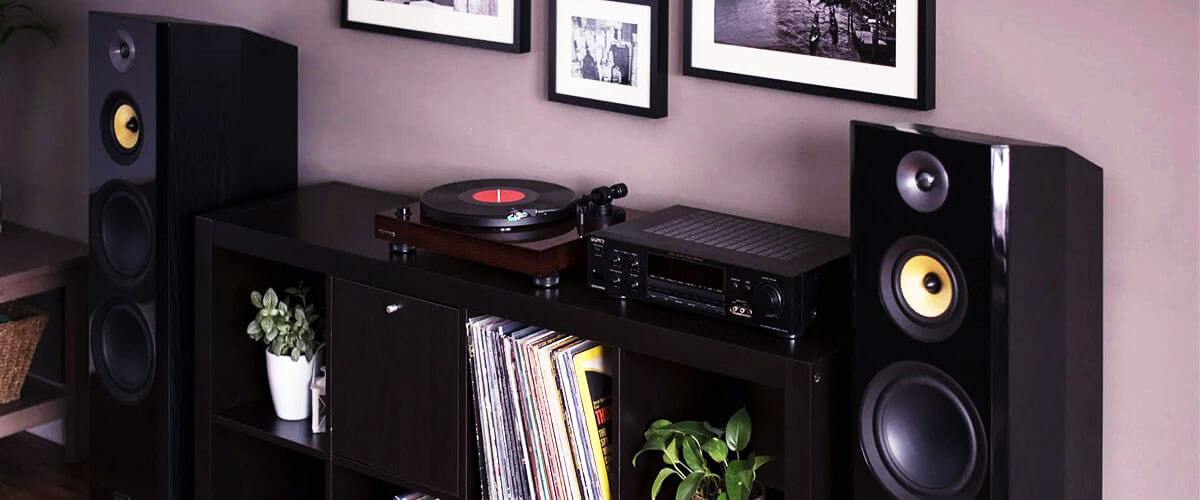
When choosing a surround sound receiver, you must consider a few basic criteria.
- Supported surround sound formats. I recommend choosing models that support Dolby Atmos and DTS:X. It will be a plus if AVR supports additional modern formats (for example, Auro 3D).
- Number of channels. Choose a model with 7 or more channels to fully enjoy surround sound. For a simple home theater system it will be enough. However, a 9-channel receiver will be optimal.
- Speakers. I do not recommend saving money on speakers. This is a simple but very valuable rule. Also, think about how many speakers you can install in your home, taking into account your budget and interior features.
- Power and price. Form a budget and look for options within that price range. And my advice is don’t look for “heavy-duty” receivers. Trust me, 80-120 watts of power is more than enough for you.

